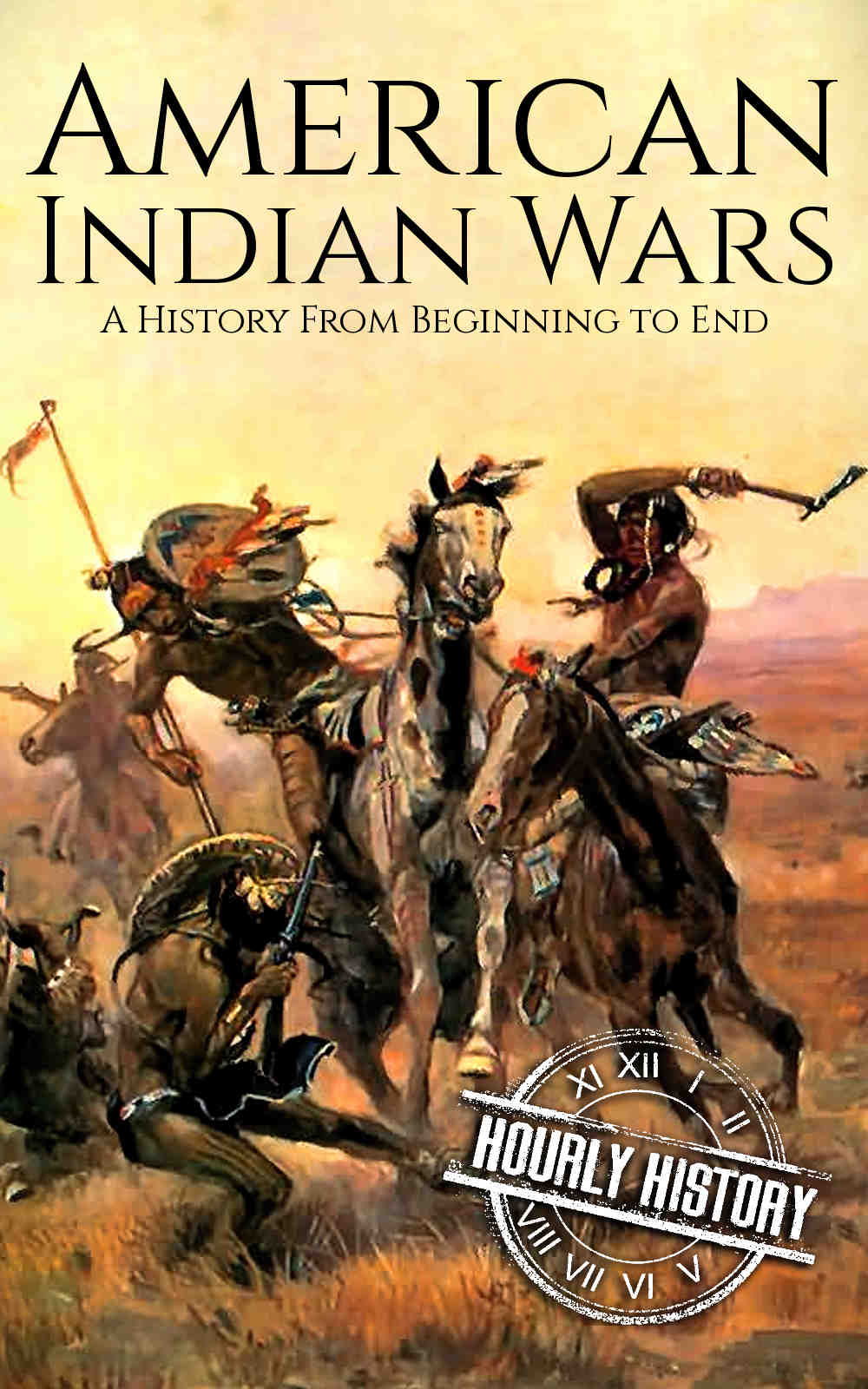The American Indian Wars, a series of conflicts between white settlers and Native Americans which took place in the seventeenth, eighteenth and nineteenth centuries, were complex, brutal and many. An official United States Census report published in 1898 noted at least 40 wars which had taken place in the previous 100 years. The total number of individual wars probably numbers well over 100, though many were localized and on a very small scale.
Inside you will read about...
✓ The Colonial Period
✓ Washington Takes on the Northwest Territory
✓ Andrew Jackson and the Seminole Wars
✓ Wars in the Wild West
✓ Sheridan’s Wars
✓ The Road to the Wounded Knee Massacre
And much more!
The American Indian Wars were often bafflingly different, each with its own specific causes and precipitating factors. Yet each was also essentially similar: These wars was fought for possession of land. As white settlers gradually spread over what is now the United States of America, they encountered Native American tribes. The white settlers wanted to create farms and ranches. The tribes wanted the land for hunting. There could be no compromise—these were wars to the death for the right to establish or retain a way of life. The conflicts which resulted were numerous, violent, and localized. Although both sides suffered setbacks, this series of wars gradually pushed Native Americans out of their homelands to make way for the expansion of white settlement.
This is a concise telling of the American Indian Wars, from the earliest Beaver Wars in the seventeenth century between French, Dutch, and British settlers and their Native American allies to the tragic confrontation at Wounded Knee Creek at the end of the nineteenth century.


